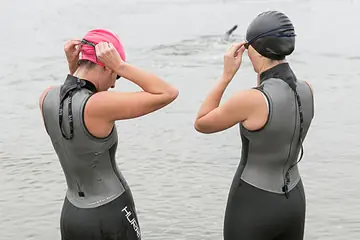Listen or Else
If the athlete continues with a high-intensity workout while experiencing severe symptoms, the injury can progress and become increasingly worse. For example, I had a patient who was a runner and was consistently increasing her mileage in preparation for a marathon. She experienced calf tightness during training which became worse as she continued to increase her mileage.Instead of listening to her symptoms and decreasing her mileage, decreasing the intensity of her workout or resting, she continued to run. She continued to experience severe calf tightness, which slowly turned into pain and tightness at rest.
What could have been a mild to moderate calf strain turned into a massive Achilles tendon rupture during one of her training days. The rehabilitation lasted approximately six to eight months and included complete rest from running.
The Road to Recovery
When recovering from a mild to moderate injury, the athlete should be very cautious during their training. The focus should be pain-free training with a slow increase in mileage and intensity. If the athlete is a runner, pain-free cross training such as swimming or cycling will help to maintain endurance and strength without compromising the running injury.If the athlete is a triathlete, continue to focus on pain-free training. If cycling was the cause of the injury, decrease the number of cycling days and add more running and/or swimming. This will help to maintain a high level of fitness without compromising their endurance.
During training days, focus on slower, longer distances rather than high-intensity training days such as intervals or hill repeats. If the athlete is pain-free with slower, longer distances, add in tempo work gradually. Tempo work will help to increase speed without a high demand on the healing tissues.
Once tempo work is pain-free, slowly add in interval work and easy hill repeats. Gradually return to your training program while listening to your body. Listening to your body during this time of rehabilitation is crucial for proper healing.
- 2
- of
- 4









Discuss This Article